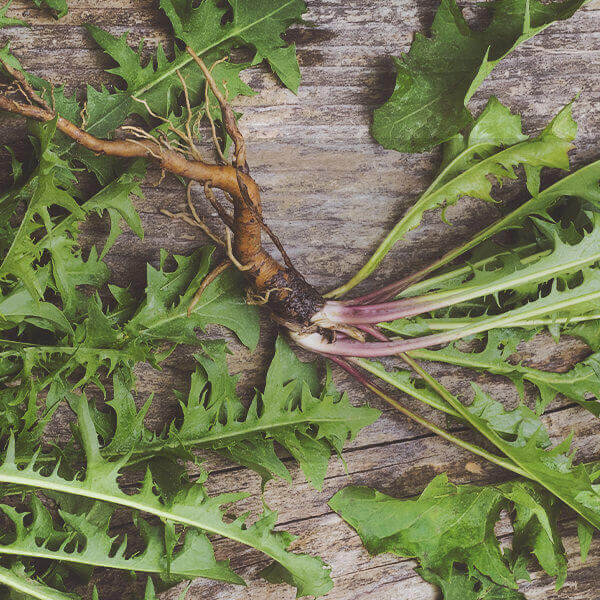June 2020
Dandelion, typically thought of as a pesky weed, can be traced back to 659 B.C. for its medicinal purposes. Dandelions are highly nutritious and are chock-full of vitamins, minerals, and fiber.
Scientifically known as Taraxacum officinale, the dandelion is a hardy perennial. This vibrant yellow flower has hundreds of species that can be found in North America, Europe, and Asia, and can grow to up to 12 inches in height.
The entire plant is edible, nutritious, and can be eaten from flower to root. Dandelions can be eaten cooked or raw. The greens and flowers of the plant can help brighten up any salad. The flowers can be dried and boiled into a tea, or if you are looking for something with a little more kick, fermented into wine. The root of the plant can also be roasted to create a caffeine-free coffee.
When used medicinally, the root can be made into tinctures, infusions, teas, poultices, and is available over the counter in capsule form.
So, before you dig out your weed killer, let’s take a gander this small but fascinating plant that has been used for centuries to help many different ailments, including cancer.
Origins of dandelion as medicine
Medicinal use of the dandelion can be traced to 659 B.S. in ancient China (and is still used in today’s traditional Chinese medicine). Dandelions were used by Native Americans as well as in Arabic, Welsh, and European medicine.
In Native American medicine, the root of the dandelion was typically chewed or boiled. People would use it to help relieve pain, ease sore throats, treat kidney disease, swelling, heartburn, and upset stomach.
Traditional Chinese medicine uses for dandelions are in aiding digestion, appendicitis, an increase of lactation production, and liver healing.
For centuries this small but mighty plant has been used in treating many ailments. Some of the claims are better supported by research than others.











